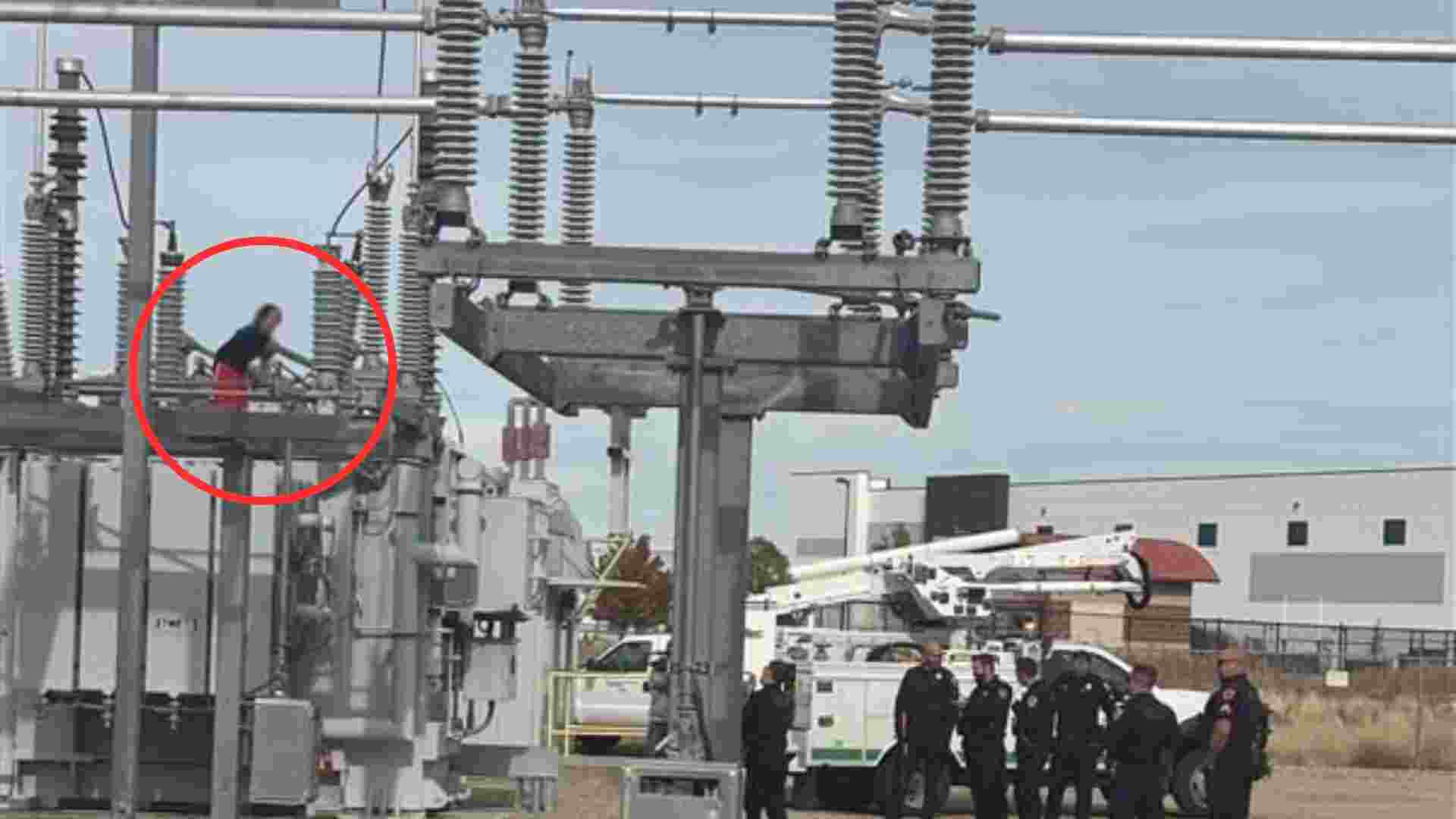
Manmade successes are aplenty, yet still have their limitations. Still, a new NASA mission could well be on its way to change such a definition by creating what would go down as the very first human-made meteor shower in history, from space junk.
In September 2022, two years ago, NASA‘s Double Asteroid Redirect Test spacecraft DART deliberately hit the asteroid moonlet Dimorphos, which orbits a larger asteroid called Didymos. The goal of this mission, later performed in September of 2022, was to test Earth’s planetary defense-that is, whether an asteroid coming dangerously proximate to our planet could be deflected. It reshaped Dimorphos, instead.
But it gets even better: “The whole shape of the asteroid has changed, from a fairly symmetric object to a ‘triaxial ellipsoid’ – something more like an oblong watermelon,” said Shantanu Naidu of NASA’s Jet Propulsion Laboratory (JPL).
But that’s not all the mission may have achieved.
The DART mission will produce space debris that may be viewed from Earth as a faint meteor shower. A Cornell University study published in early August estimated that fragments from the crash could reach Earth and Mars in the next 10 to 30 years and that it had a chance of producing a human-made meteor shower that could last for many years-as many as 100 years. An early estimate by scientists: DART produced more than two million pounds of debris.
Once the initial particles make it to Mars or Earth, they could periodically arrive intermittently for at least the next 100 years-which is the duration of our calculations-said Eloy Peña Asensio, a researcher with the Deep-space Astrodynamics Research and Technology group with Italy’s Polytechnic University of Milan, in an interview with CNN.
Asensio added that the fragments would produce visible meteors, popularly known as shooting stars, during the entry into the Martian atmosphere.
The meteor shower-debris would not be a threat to Earth, he said, because the fragments would be quite small, ranging from grain-sized particles up to objects the size of smartphones.” He added that some of the debris, which had originally launched from Dimorphos at up to 1,118 miles per hour, might reach Mars; others, when traveling faster, could finally reach Earth.
Although the possibility of these fragments reaching Earth is low, the authors of this study have not ruled out the option completely. In case this debris does reach Earth, “the resulting meteor shower would be easily identifiable… since it would not coincide with any known meteor showers.”
“These meteors would be slow-moving, with peak activity expected in May, and primarily visible from the southern hemisphere, seeming to originate from near the Indus constellation,” Asensio added.















